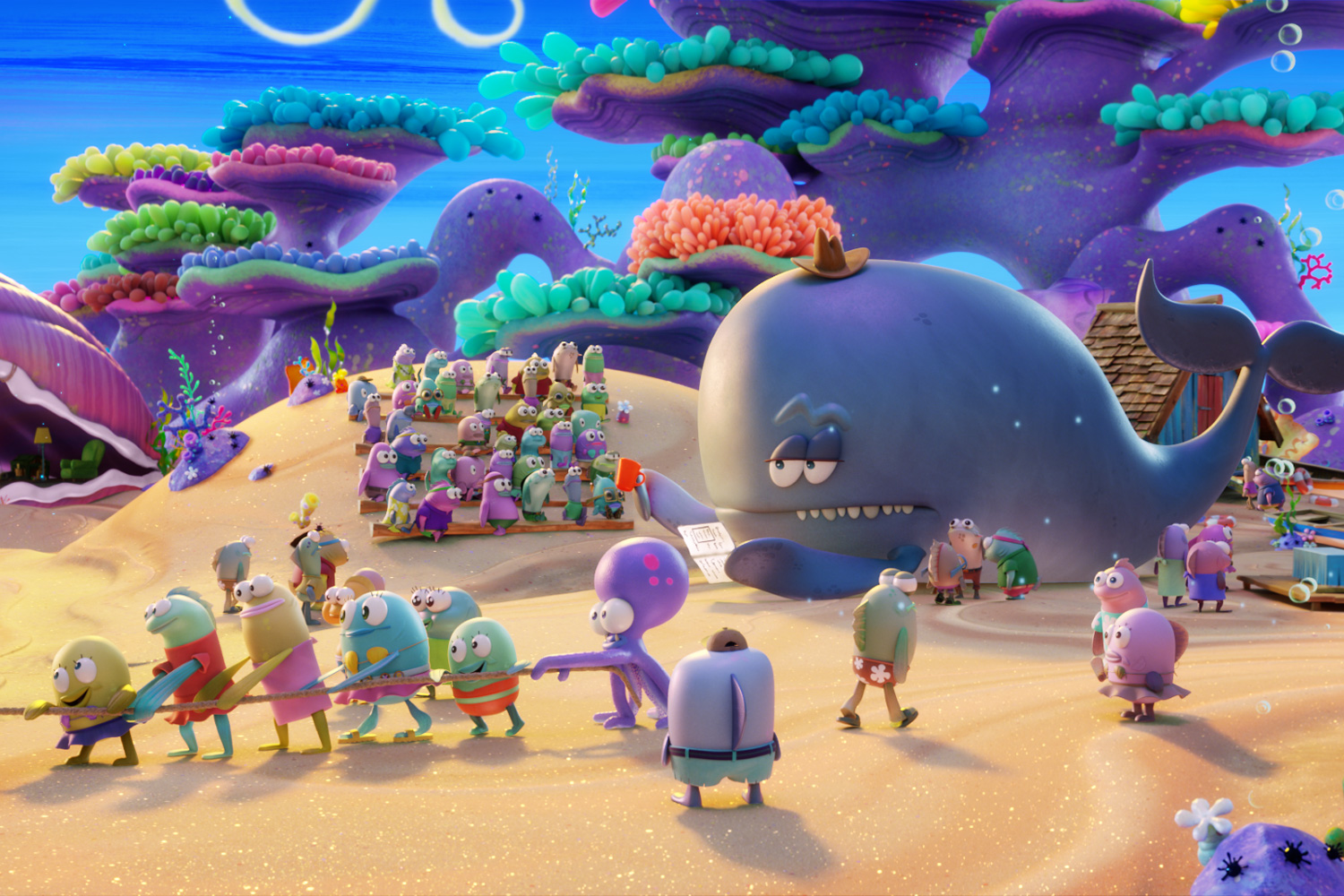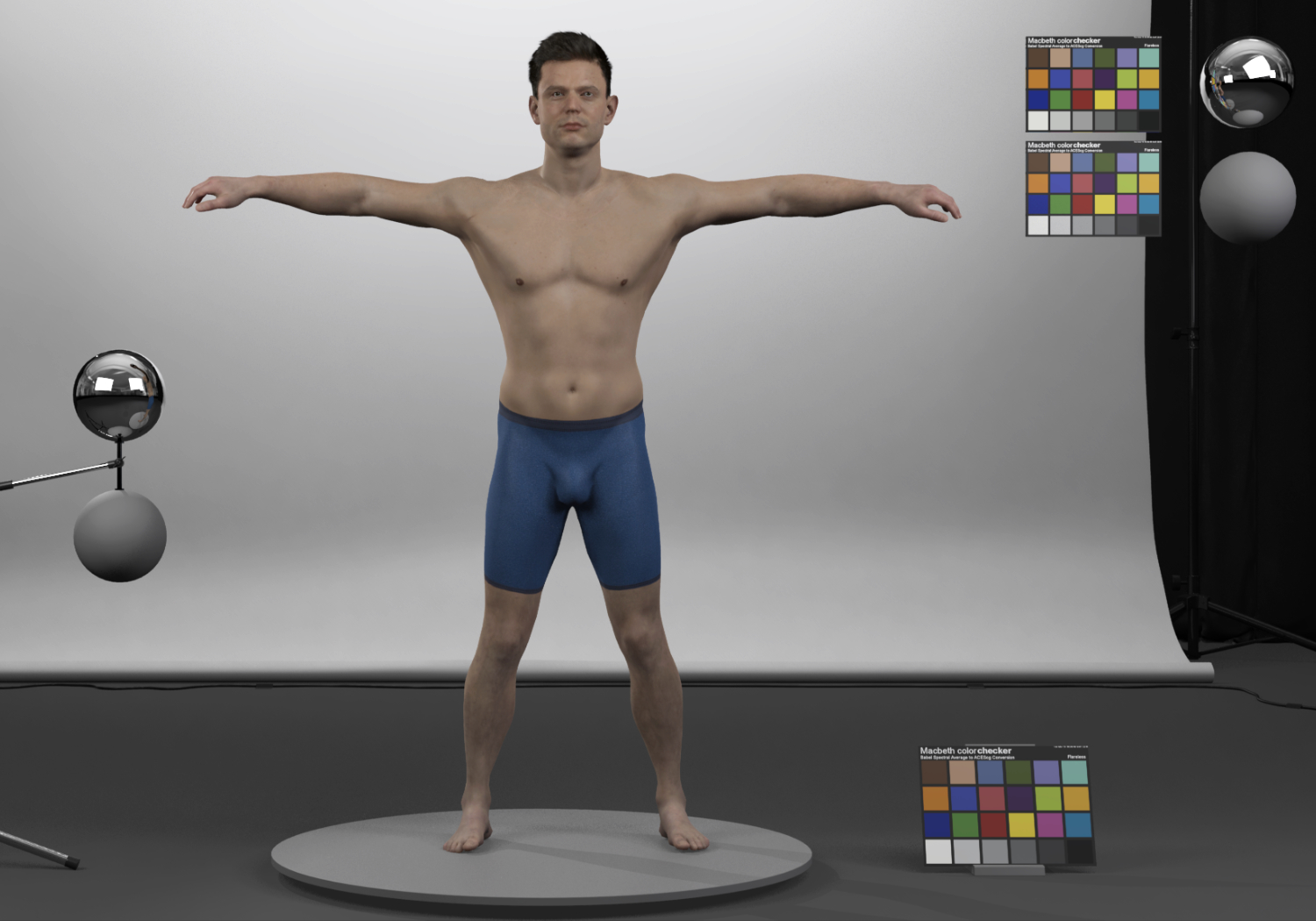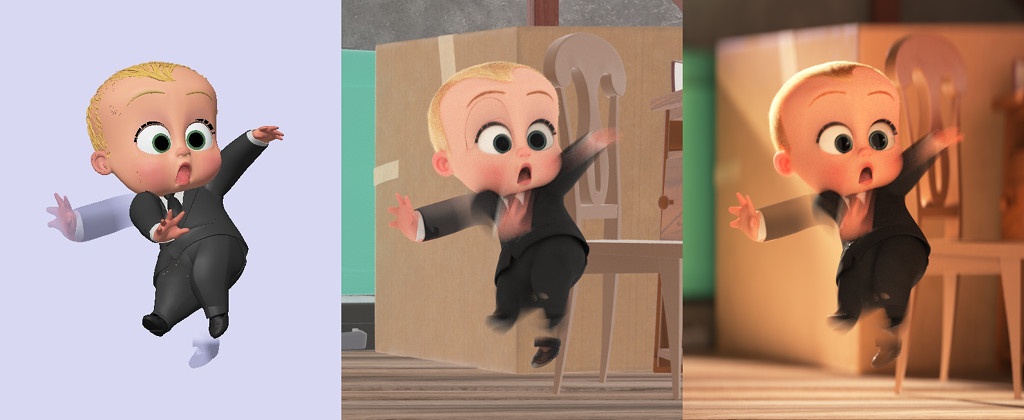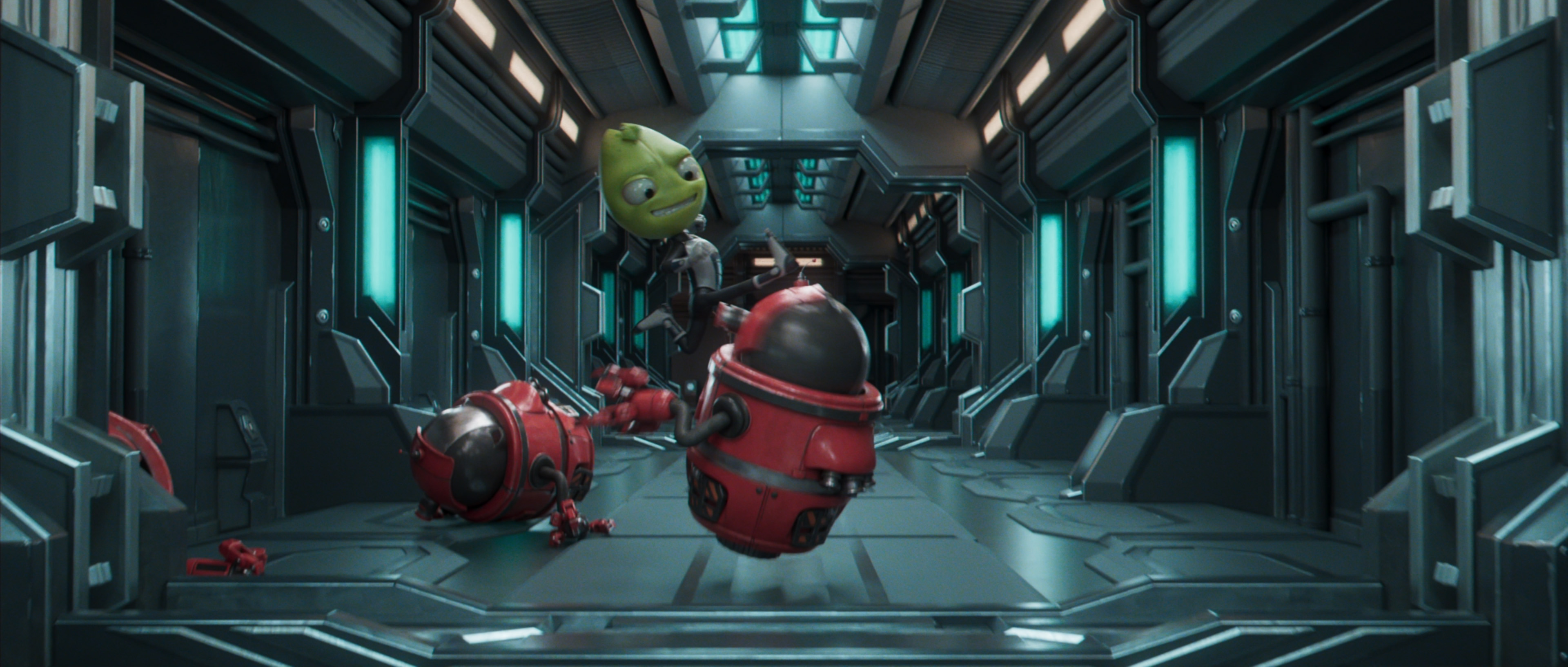Keynote: Protecting Identities with Digital Veils
This high-level talk shares lessons learned from the process of adapting machine learning techniques into a visual effects pipeline. This presentation covers a broad range of topics around the creation and implementation of the digital veils that were created for Welcome to Chechnya, a documentary film by David France that exposes human rights violations. After some background on the project, the talk relates ideas about working on documentary productions and practical details of the process.
Ryan Laney is a Visual Effects Supervisor and developer who loves using technology to support storytelling. He learned the trade while working with outstanding teams on fun and challenging projects at leading VFX studios like Manex Entertainment, Industrial Light and Magic, Digital Domain, and Sony Pictures Imageworks. Regularly mixing existing techniques with new developments, he is often crafting solutions across disciplines, helping to produce effects tailored to each film’s unique needs. He has developed tools and supported teams for many award-winning projects such as clouds and water effects for The Aviator, Goo in Spider-Man 3, outer-space effects for Zathura, and energy systems Green Lantern, robots in G-Force., and a custom cloud renderer for Hidalgo. At Teus Media, Ryan is exploring visual effects solutions for documentary filmmakers. His maiden voyage into this area was with the digital veils he developed for the documentary Welcome To Chechnya. The work earned the film a Visual Effects Society Nomination for Supporting Visual Effects and a spot on the Oscars' VFX Shortlist. This recent focus on machine learning techniques has led to working with human rights groups to help make these identity-protecting tools available to the productions that need them.







